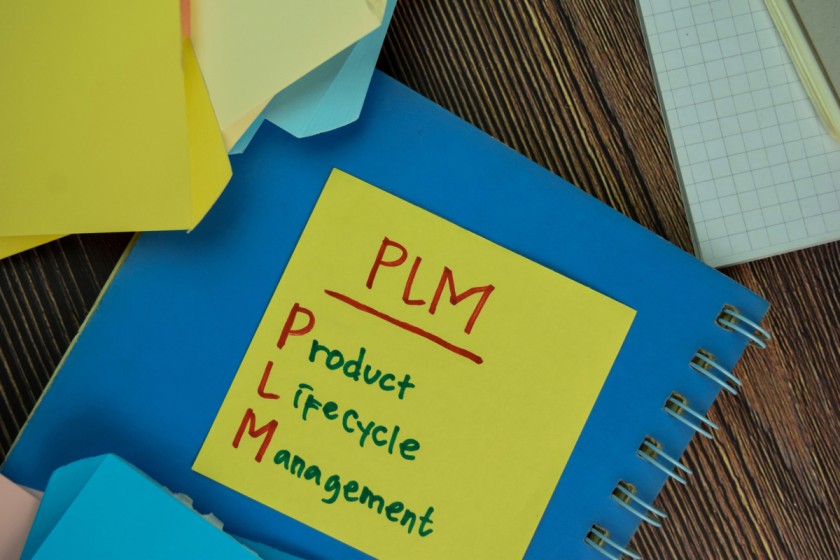Tips On How To Choose The Right PLM Software For Your Ecommerce Clothing Business



The eCommerce industry has been on a steady rise and the only way to beat the competition is to invest in being more efficient. The apparel market requires you to be shipping a large amount of product before time or trend runs out, without compromising on quality. As a solution to this, PLM Softwares have come into the picture.
What is a PLM Software?

PLM stands for Product Lifecycle Management, and PLM software forms a relationship between everybody involved in the product life cycle with a solid technological foundation. The biggest reason why most clothing businesses opt for PLM software is that it does a great job of speeding up the production time from the initial concept to the end-user. The primary use of PLM software is in clothing businesses to keep track of the various product specifications for their garments. It can also help keep track of the materials and suppliers that they use. This includes the library of materials, quotes of various suppliers, inventory, etc.
The biggest brands in fashion eCommerce and other consumer goods rely on PLM software to increase their compatibility, accessibility, and quality of service.
How to Choose the Right PLM Software
An adequately chosen PLM solution is more than just software. It is going to play a significant role in providing you with processes and tools that help you achieve your goals.
Step #1: Analyse
It would be a good idea to look at the things that you hope to achieve with PLM software and, subsequently, which PLM software will help you achieve your goals. Sometimes even the best-equipped organizations can encounter unforeseen challenges when working with PLM software solely because they didn’t analyze their needs first. Even after selecting a PLM software that might cover all your needs, you must take into account an appropriate buffer to cover the potential overruns associated with the adoption of this technology.
All potential users should be informed about the decision to pursue a PLM project, and employees with a similar job description should be kept up-to-date with the project's progress. It is vital that you set aside time to listen to the end user’s needs, as it will enable you to identify which solutions can meet their specific requirements, which in turn will help you select the perfect PLM software for your ecommerce clothing business.
Step #2: Prepare
Ideally, you must now prepare a comprehensive analysis of your existing processes and prioritize them, taking into consideration your current pain points. The goal is to make a framework that is most likely to manufacture the greatest results in the time frame of implementation. Set realistic goals for improvement at the parts of your extended supply chain that are critical to achieving success. The areas you should focus on for this are:
- Sales and Merchandising
- Designs and Development
- Raw Materials Procurement
- Product Development
- Pre-Production
- Production
Once you do this, you will get a clear idea of the roles and responsibilities of your internal team, and these will help guide your PLM implementation.
Step #3: Shortlist

There are more than 50 vendor solutions that cater to the various needs of the apparel, footwear, and retail industry. Selecting what you need out of so many PLM software can be time-consuming. It is also essential to consider whether it is worth the effort to gather the necessary information to begin the short-listing process.
The shortlisting process might take a toll if you have a limited number of workers in your company. A third-party company might help you shortlist the perfect PLM software for your company then, but make sure to do your research on such a company since a lot of them have their “preferred” vendors that might make their choice biased.
Step #4: Consider the ROI
It can take various lengths of time for a PLM solution to deliver a return on the initial investment. Make sure to set goals and identify areas for improvement (“pain points” that we mentioned earlier) so that you can prioritize these processes to deliver the greatest cost savings first.
Within a year of implementing a new PLM software, you should start to see various changes in your processes and the overall quality of your products and services. Some specific areas you should measure for improvement are your deadline-meeting abilities, retention of customers, standardization of processes, and degree of transparency in your global partners.
Choosing the right PLM software can seem like a daunting and heavy task for clothing eCommerce businesses at first, but they eventually lead to a great ROI. The right PLM software can help companies reach their goals and deliver on time and within budget. Nothing is surprising about the fact that the entire clothing eCommerce space has embraced PLM technology.



















